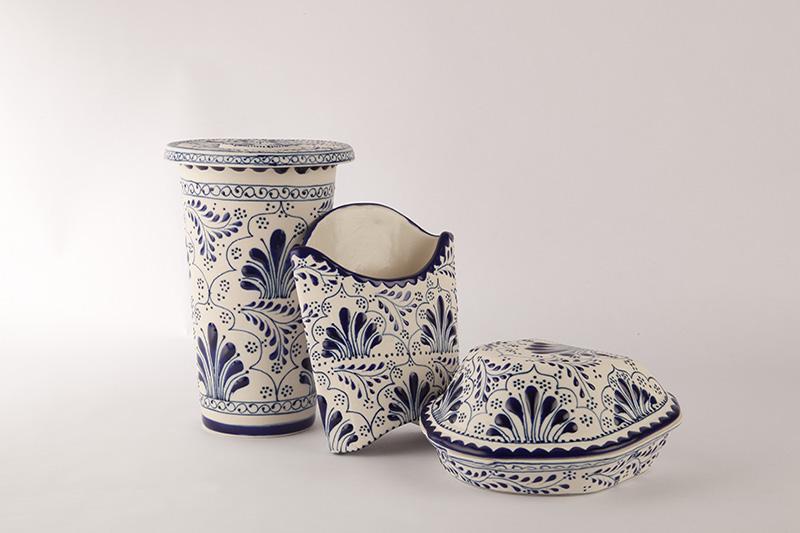New exhibitions focus on the medium of clay
Since primeval times, clay has persisted as a medium explored by visual artists across the globe. The medium also has a history particular to New Orleans and Tulane: the Newcomb Pottery enterprise (1895-1940). Pulling from the heritage of this enterprise, Newcomb Art Museum’s latest exhibitions, running concurrently Jan. 18 through March 24, will showcase works from a myriad of artists who use clay to examine notions of tradition, time, and locality.
In the exhibition “Clay In Transit: Contemporary Mexican Ceramics,” presented in collaboration with the Consulate of Mexico and AMEXCID, the work of seven artists from Mexico disrupt the viewer’s sense of time. With their return to an antediluvian medium, these artists utilize contemporary techniques or approaches to make profound connections with the past.
Building upon the collective histories of their chosen medium – clay as nature, clay as origin, clay as shelter, clay as dam, clay as vessel, clay as terra firma – the artists poetically materialize their intention of suspending time.
Guest curator Paloma Torres explained, “In this contemporary moment, clay is a borderline.”
“Clay in Place: Highlights from the Collection” explores the connection between locale and material through the museum’s diverse collection of ceramics. While the name Newcomb might evoke the immediate vision of decorative blue vases from the 1910s, much has changed stylistically over the last century as the medium of ceramics has shifted toward non-functional approaches. Regardless of period, clay has endured as an important material that reflects its concurrent environment and milieu.
“Research for ‘Clay in Place’ has entailed exploring the permanent collection for objects that carry a strong sense of place, one that is specific to Louisiana and the community of Newcomb,” said Newcomb Art Museum curator Laura Blereau.
The exhibition highlights both traditional and contemporary ceramics and various artists’ different approaches to function and place. Works on view include Newcomb Pottery (1895-1940) and Newcomb Guild (1940-1952), and recent pieces by selected alumni, faculty, and former faculty.

